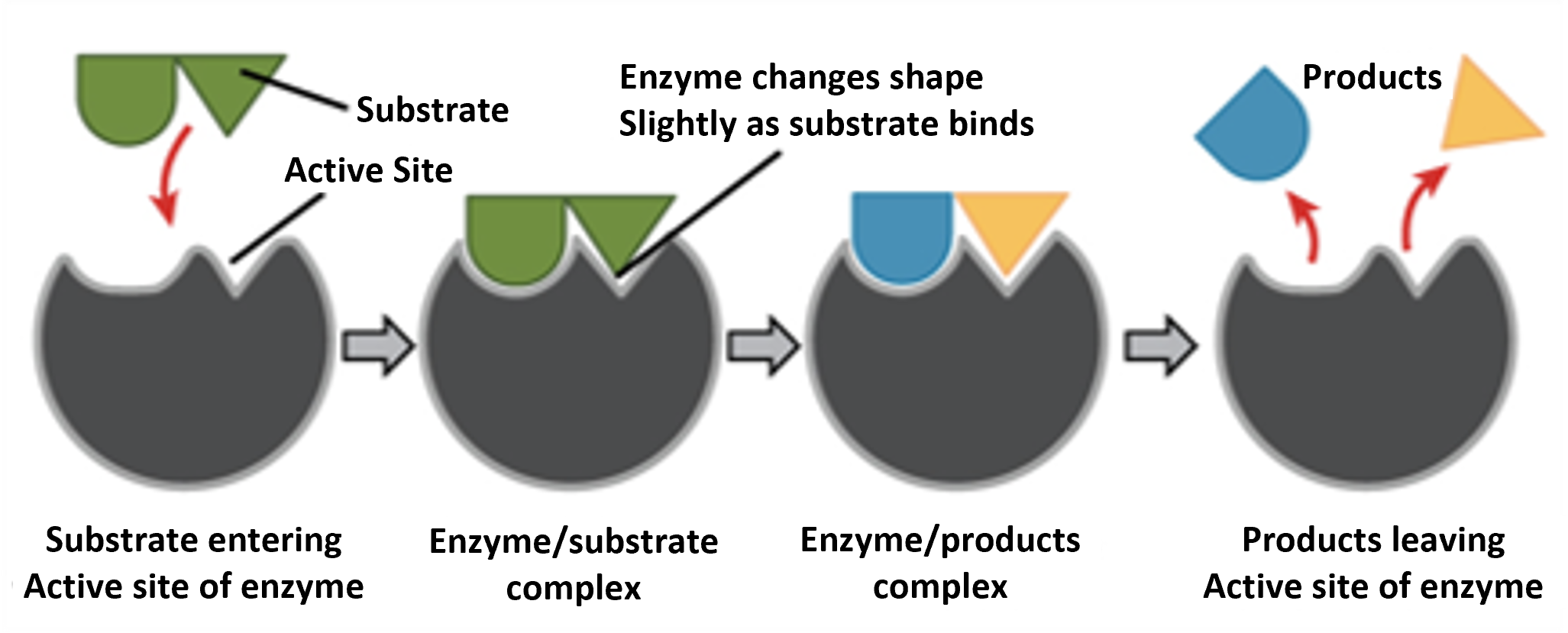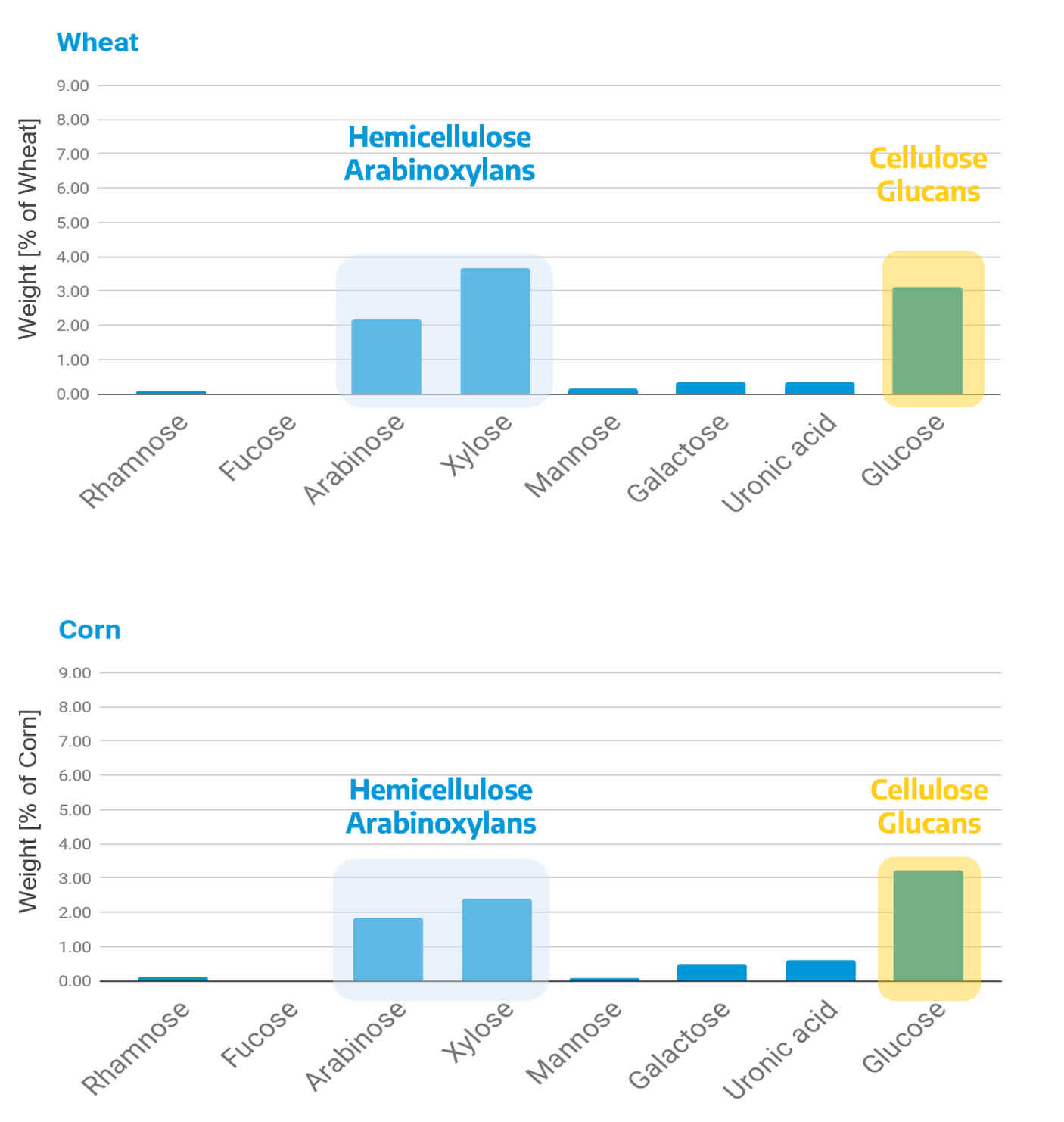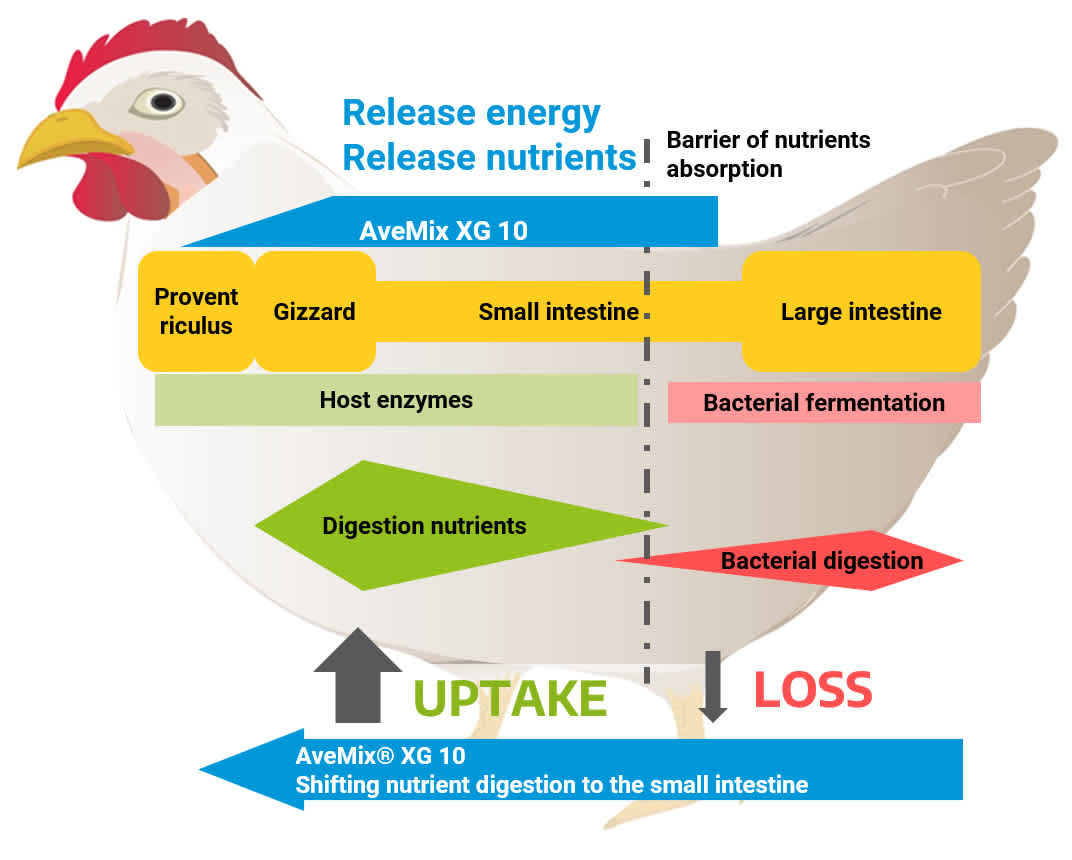AveMix® XG 10 – Proven improvements in feed efficiency

In the current context of sustainability and the explosion of feed ingredient prices, the focus is more and more on optimizing the utilization of feed and nutrients by animals. However, in common feed raw materials the nutrients have limited availability for absorption by the animal. This is because nutrients and energy are naturally trapped within plants by non-starch polysaccharide (NSP) fibers. Poultry and pigs do not produce enzymes capable of breaking down these NSP fibers. This limits their ability to effectively utilize all of the feed nutrients
NSP fibers are a problem that can be solved
Nutrients (i.e., starch, crude proteins, and amino acids) in the small intestine that are trapped in plant cells by insoluble NSP fibers (having a so–called nutshell effect) cannot be absorbed by the animal. Soluble NSP fibers are also an issue as they have a gel effect and high water-binding capacity. This increases gut viscosity which can cause serious health disorders, as well as slowing down and limiting nutrient absorption. Digestive enzymes that act on NSP fibers, such as the EU registered AveMix® XG 10, are crucial to overcome these issues and deliver improved feed efficiency.

Figure 1: Enzyme lock-and-key mechanism
How does AveMix® XG 10 work?
AveMix® XG 10 is a proven combination of high enzyme activities with superior efficiency to hydrolyze NSP fibers. Enzymes work based on a lock–and–key mechanism where they only act on specific substrates (Figure 1). As such, it is important to know when selecting an enzyme which of the different NSP fibers are present in the feed. For example, NSP fibers are abundant in wheat (9.9%) and corn (8.7%) and these are mainly in the form of arabinoxylans (composed of arabinose and xylose) and glucans (composed of glucose) (Figure 2). AveMix® XG 10 has been specifically formulated to target these main NSP fibers in cereals, with guaranteed high activity levels of endo-1,4-β-xylanase and endo-1,3(4)-β-glucanase enzymes. The guaranteed enzymatic activities are also supported by several additional activities, for example pectinase, mannanase and cellulase.

Figure 2 – NSP fiber composition of corn and wheat
What are the benefits of AveMix® XG 10 in terms of the animal?
AveMix® XG 10 enables the negative impacts of NSP fibers to be overcome, resulting in improved feed utilization and animal performance. This is because AveMix® XG 10 shifts nutrient digestion to the small intestine due to NSP fiber degradation freeing nutrients there for absorption by the host. This also results in less undigested nutrients accumulating in the large intestine, where they are used by the gut microbiota rather than the host. This is an inefficiency as not all microbial end-products can be used by the host, and the microbial biomass built from the nutrients is excreted (Figure 3).

Figure 3 – Mode of action of AveMix® XG 10 in the animal
AveMix® XG 10 enables more flexible feed formulation
The optimized formulation of AveMix® XG 10 enables it to be flexible and to work on both soluble and insoluble fibers of different feed formulations. This is because arabinoxylans and glucans are common components of all plant-based feed ingredients, not just cereals. As such, AveMix® XG 10 allows a higher inclusion of fiber materials, including cheaper alternative by-products, which enables flexible feed reformulation. Due to our extensive database, we can also advice on how AveMix® XG 10 can be most effectively applied to your feed formulation in order to get the best economic return.
In conclusion, AveMix® XG 10 is an EU approved feed additive that improves nutrient digestion and absorption in the animal by overcoming issues associated with NSP fibers. This results in cost-effective feed utilization and improved animal performance, with the option of improving feed formulation economy. For more information on AveMix® XG 10, please just get in contact with us.